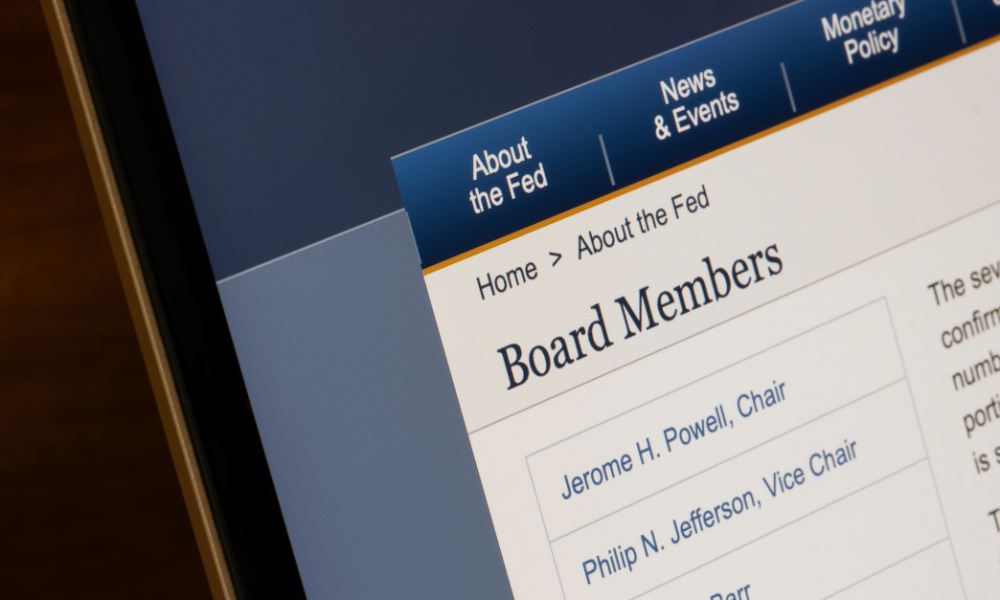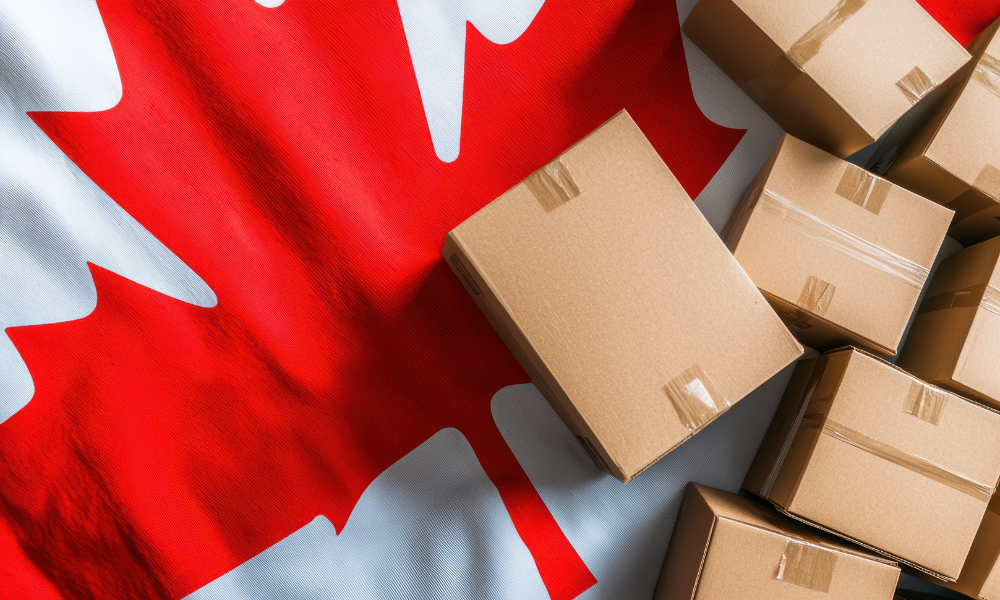June inflation hits 3.5% pace as tariff effects ripple through key import categories, Fed holds course

The US Federal Reserve remains cautious on rate cuts as June inflation data signal that tariff-related costs are beginning to filter through to consumers, according to Reuters.
Consumer prices rose 0.3 percent in June, or roughly 3.5 percent on an annualised basis, up from 0.1 percent in May.
Federal Reserve officials had anticipated this acceleration, citing the lagged effects of tariffs. With uncertainty over future tariff levels and their full economic impact, Fed policymakers appear hesitant to lower interest rates prematurely.
According to Reuters, investors now see less than a 5 percent chance that the Fed will cut rates during the upcoming July 29–30 meeting.
While markets still expect a quarter-point reduction in September from the current 4.25 to 4.5 percent range, the odds have fallen sharply.
Boston Fed President Susan Collins said she expects rising import taxes to push US inflation higher while also weighing on growth and employment. However, she noted that strong business and household balance sheets could help limit the fallout.
“The impact of tariffs may be lessened somewhat by an ability for firms to decrease profit margins and for consumers to continue spending,” said Collins. She added that this could limit the negative effects on labour market conditions and economic growth.
The Fed’s preferred inflation gauge, the Personal Consumption Expenditures (PCE) price index excluding food and energy, rose at a 2.7 percent annual rate in May. Recent projections expect it to reach 3.1 percent by year-end 2025.
As reported by Reuters, US President Donald Trump’s threatened August 1 tariff increases could push inflation even higher.
JP Morgan’s chief US economist Michael Feroli estimated that new tariffs could raise the PCE index by up to 0.4 percentage points if fully passed through.
However, with margin compression and partial absorption, a more likely estimate is between 0.2 and 0.3 points.
“We think this bolsters the case for the Fed to take a very cautious approach to rate cuts,” Feroli stated.
Despite the inflationary trend, Trump repeated his call for rate cuts on social media, claiming consumer prices were “LOW.”
June prices were 1.2 percent higher than in December, the last full month before Trump’s second term began.
White House Press Secretary Karoline Leavitt said the slower-than-expected rise in core inflation “proves that President Trump is stabilizing inflation.”
Core inflation, which excludes food and energy, rose at a 2.9 percent annual rate in June—slightly below the 3 percent consensus but above May’s pace.
Headline inflation climbed to 2.7 percent from 2.4 percent, driven by increases in food and energy costs, according to Reuters.
US Federal Reserve Chair Jerome Powell, under near-daily criticism from Trump for not cutting rates, has resisted intervention. However, markets briefly turned volatile after a Bloomberg report suggested Trump might remove Powell.
Stocks dropped, the dollar fell, and gold spiked before Trump said he was “highly unlikely” to fire Powell.
According to Reuters, the president acknowledged speaking to Republican lawmakers about the idea but declined to rule it out.
Gene Goldman, chief investment officer at Cetera Investment Management, noted Powell’s limited role in monetary policy decisions, having only one vote out of 12.
Still, Goldman said the “markets remain very jittery,” citing high valuations and mixed earnings reports. He pointed to ASML’s cautious chip industry outlook, which reflects client uncertainty over tariff policy.
Bond and foreign exchange markets also reacted to Powell-related speculation.
“Bond and FX markets do not like the uncertainty,” said Kenneth Broux, head of corporate research and rates at Societe Generale.
He noted that with stronger US CPI goods ex-autos reported just a day earlier, expectations of lower rates as tariffs affect consumer prices are unlikely to offer reassurance.
Tariff-related inflation has begun to appear in specific goods categories.
Prices for audio-video equipment jumped 1.1 percent in June and 11.1 percent year-over-year—the largest annual increase on record, as reported by Reuters.
Recreational commodities rose 0.8 percent, while household furnishings increased a full percentage point, reversing earlier declines.
Samuel Tombs, chief US economist at Pantheon Macroeconomics, wrote that “tariff costs are strikingly visible in June’s CPI data.” He noted that prices rose especially for imported goods like appliances, toys, and sports equipment—each increasing nearly 2 percent in June.
Gregory Daco, chief economist at EY-Parthenon, said the delayed effects were expected. “We have not seen the full-blown effects of tariffs on CPI data … I would expect to start to see more.”
He explained that businesses use different processes to manage imports, which can delay inflationary pass-through.
Don Calcagni, chief investment officer at Mercer Advisors, added that inflation data may be distorted by companies depleting elevated inventories built in anticipation of tariffs.
Producer price data released the same week showed no change in June.
According to Reuters, higher goods costs from tariffs were offset by weaker services. This followed a 0.3 percent increase in May.
Equity markets closed higher as volatility eased.
The Dow Jones Industrial Average rose 0.53 percent to 44,254.78, the S&P 500 climbed 0.32 percent, and the Nasdaq Composite added 0.26 percent. Treasury yields declined, with the 10-year at 4.453 percent and the 2-year at 3.892 percent.



